The macaúba forms an integral part of the bio-economy
terça-feira, janeiro 25, 2022
In addition to providing a range of ecosystemic services, this palm is also a source of sustainable raw materials for various different industries.
The world is undergoing a transformation and the vector of these changes is global warming, which demands worldwide governance for the implementation of actions that will limit it to 1.5°C through until 2100. To do so, countries need to drastically reduce their greenhouse gas (GHG) emissions. In other words, they need to decarbonize the economy.
Within this context, the concept of a bio-economy has appeared, described by Embrapa as “an industrial production model based upon the use of biological resources. The aim is to offer solutions for the sustainability of the production systems with a view to the substitution of fossil and non-renewable resources”. And the macaúba - a palm tree native to the tropical regions of the American continent - has stood out in this matter.
“The macaúba fits perfectly into this area since it offers various services and products that display the advantages of sustainability, such as the provision of environmental services, through the recovery of damaged areas,” says agricultural engineer Simone Palma Favaro, a researcher with Embrapa Agroenergia, who has been studying the plant since 2009. “It is possible to farm this species by means of an Integrated Crop-Livestock-Forestry system, which contributes to carbon sequestering,” she adds.
In a scenario in which the international demand for oil has been increasing year after year, the macaúba is a sustainable answer, cultivated as it is, using production processes that are more efficient and less aggressive towards the environment. The palm is a medium-sized tree, reaching up to 20 meters in height, and producing, on average, six bunches of fruit per year, each bearing 550 units of fruit. “It is efficient in its use of water and in its photosynthesis process, managing to produce amounts of oil that are equivalent to the African palm, but using fewer resources,” says Simone.
But the advantages do not stop there. “We have identified many interesting features in the macaúba. One of them concerns the post-harvest physiology, such being the ability to continue increasing the amount of oil even once the fruit has been taken from the tree,” says the researcher from Embrapa. “It also experiences low acidification [a process that compromises the oils] after harvesting, which benefits the quality,” she adds. Furthermore, the macaúba can be used for a wide range of purposes. Read more about these purposes below:
Oils: two oils are extracted from the fruit of the macaúba; one from the kernel, the other from the pulp. The first is an oil that is similar to that extracted from the coconut, and contains ‘TCMs’ (Medium-Chain Triglycerides), that assist with weight control, whilst the second is made up of fatty acids similar to those found in olive oil. Both can be used in various different sectors. In the food industry, they serve as ingredients in the manufacture of cakes, biscuits and cookies. For fillings, the ideal product is the macaúba’s kernel oil, that can be broken down and used in products that need to be solid under room temperature. It can also be used as a biodegradable lubricant for technical application in the mining industry, as an agricultural pesticide, and as a raw material for the production of biofuels, such as ‘HVO’, as green diesel fuel is referred to, and green kerosene, the sustainable fuel used in aviation.
Brans: These are co-products of the oil extraction process. The bran drawn from the kernel is notable for its top-quality proteins and the fact that it can be used by the plant-based food industry in the creation of products acting as lactose and meat substitutes. Another possibility is to use it as animal feed. The residue drawn from the pulp creates a bran that is fibrous and rich in carotenoids, which - as well as serving the purposes mentioned above - can be used for the production of biofuels such as ethanol, due to its high sugar levels.
Biomass: The skin, the endocarp of the fruit (the layer that protects the seed), the leaves and the stalk waste, all have high calorific value and can be used to create bioenergy. These remnants can also be used for the production of charcoals. Biochar is a type of charcoal used in agriculture as an “intelligent” fertilizer that cannot be leached away by rainfall but rather slowly releases nutrients into the soil. The activated charcoal is used as a filter by various different sectors, such as that involved in water treatment. The biomass can also be submitted to thermal cracking, a process by which it is heated to extremely high temperatures in an oxygen-free space, thereby preventing it from being burnt, but rather resulting in bioproducts, such as green hydrocarbons, that have hundreds of applications in the petrochemical industry.
Due to this versatile range of uses, Felipe Morbi, founding-partner of S.Oleum, a bio-innovation company focused on the use of the macaúba for the development of sustainable solutions, says that: “Brazil possibly has a new global sustainable commodity”. And weighing in favor of the species is the fact that it has been the object of study for almost two decades.
Despite being a complex and still under-explored chain, the knowledge acquired so far provided Felipe Morbi and Francisco de Blanco, the founding-partners of S.Oleum, with the base they needed to be able to create the company in 2019. S.Oleum has bold plans in both the agricultural and the bio-industrial fields. First, the objective is to recover more than 175,000 hectares of damaged or low-yield areas, planting more than 61 million native trees in agroforestry systems by 2027.
The second is focused on the transformation of the raw materials generated by the macaúba into sustainable Advanced Vegetable Oils, oleo-chemicals, green biofuels, proteins for the plant-based foodstuffs industry and for animal feeds. For Simone, the work being performed by S.Oleum is very admirable. “Despite all the difficulties involved in working with a still unstructured chain, S.Oleum has undertaken the challenge in a very down-to-earth way, seeking out information, looking for ways to open up the market, and fully developing a new chain,” says the researcher from Embrapa.
Fonte: S.OLEUM










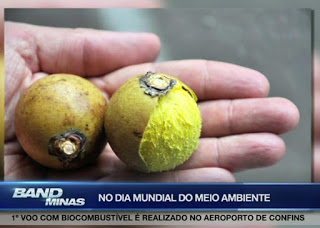
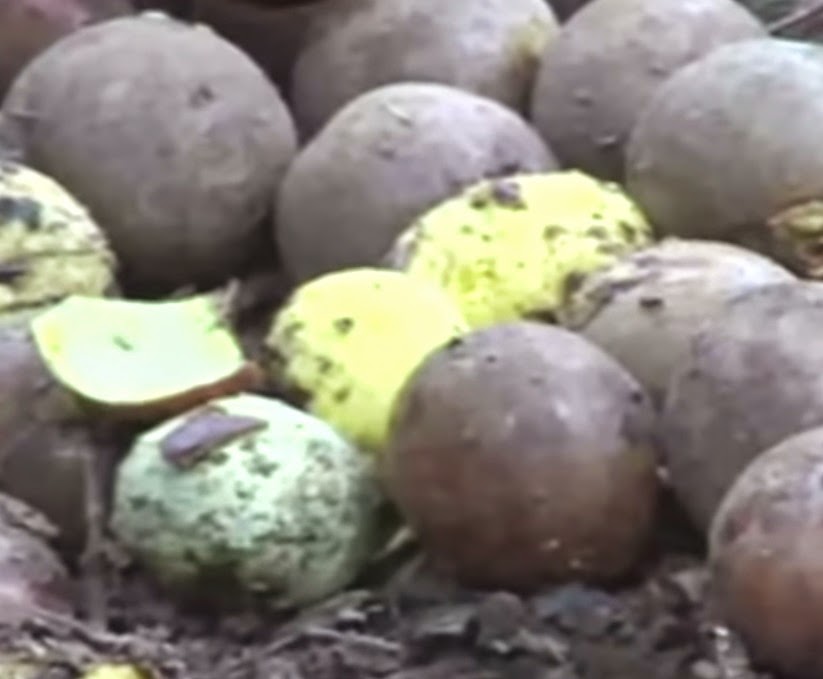
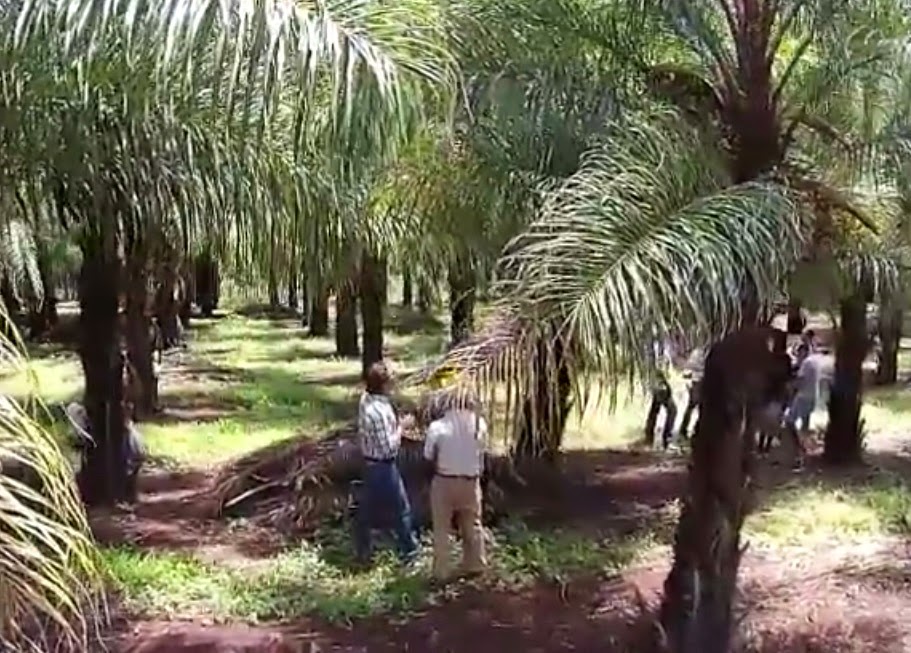

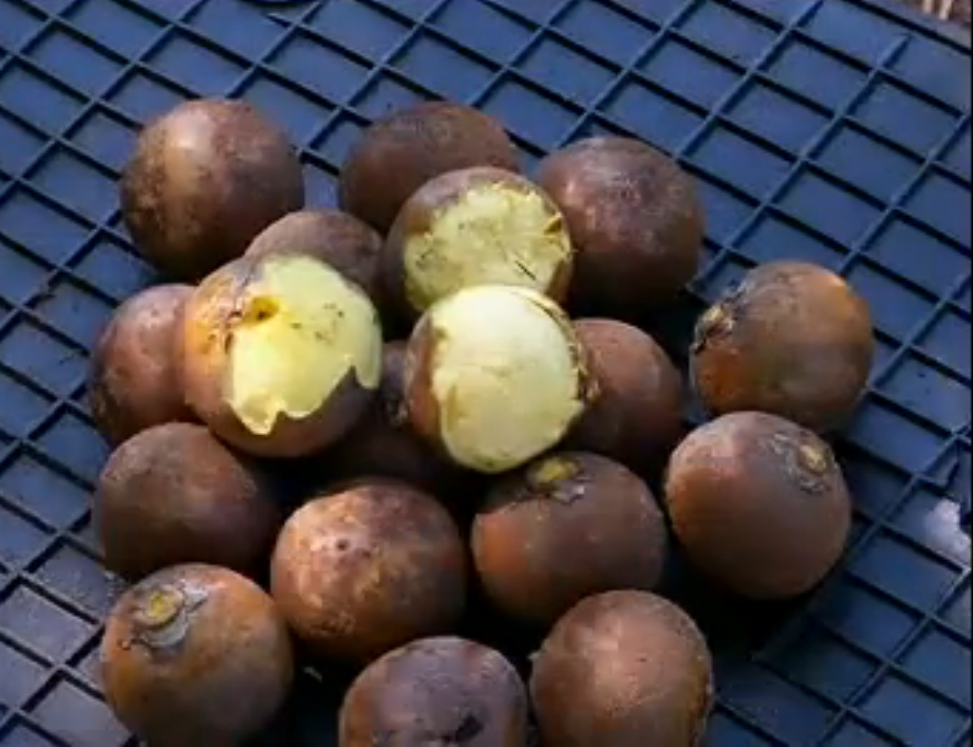
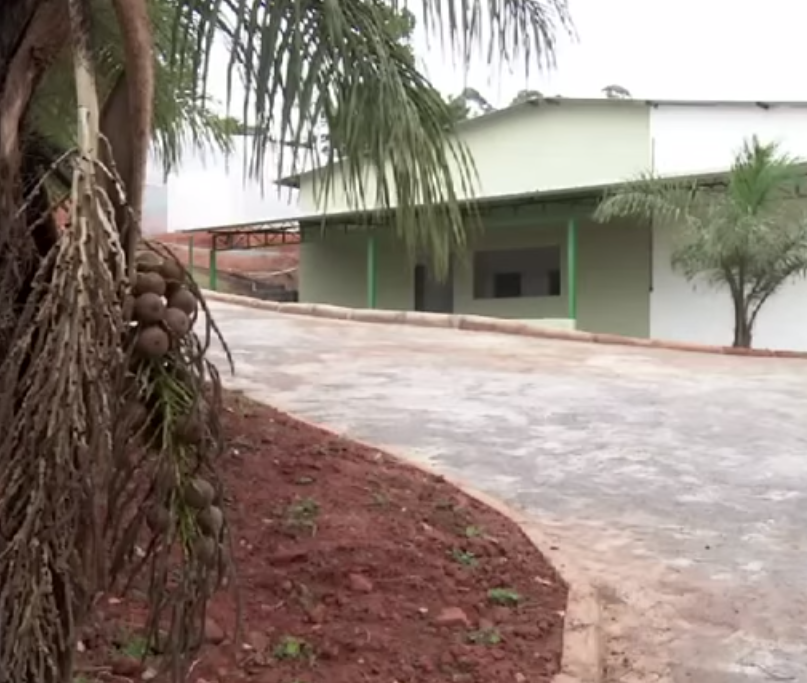
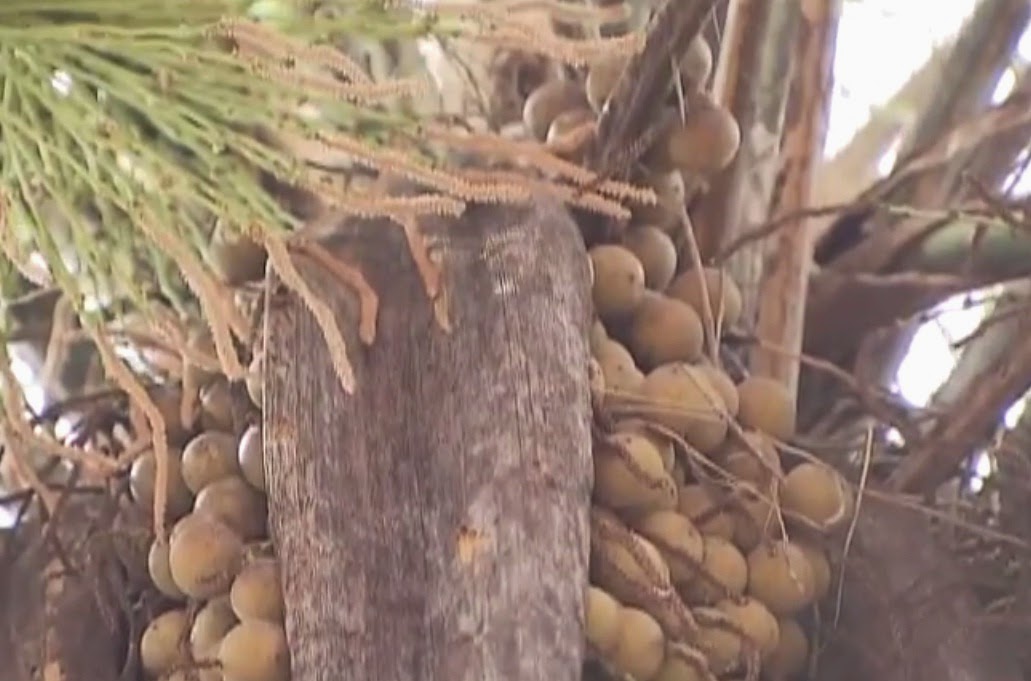
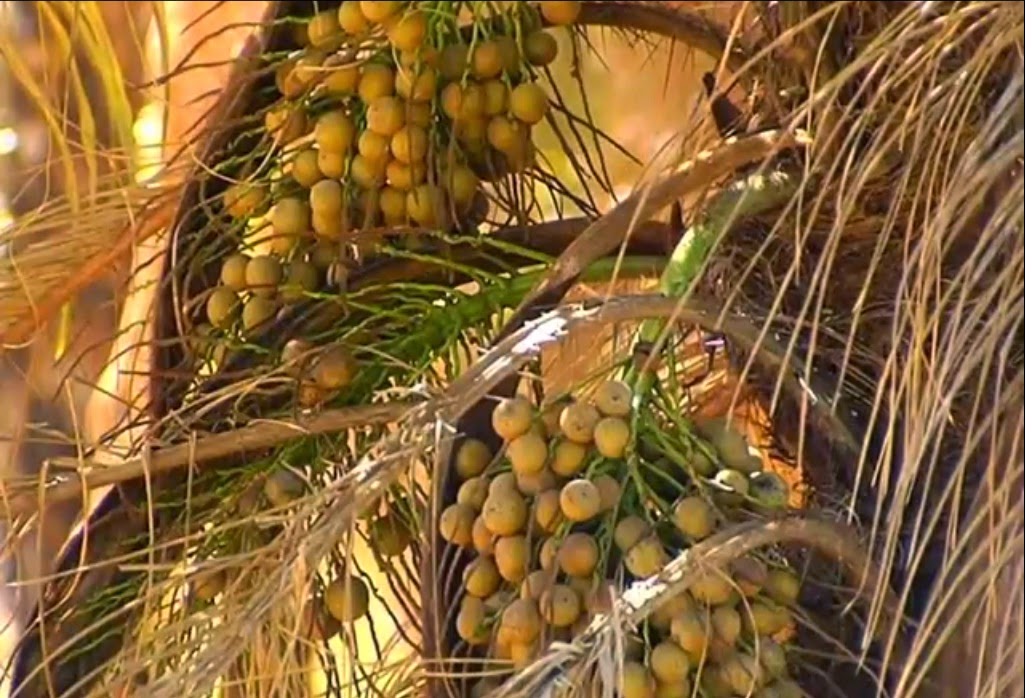

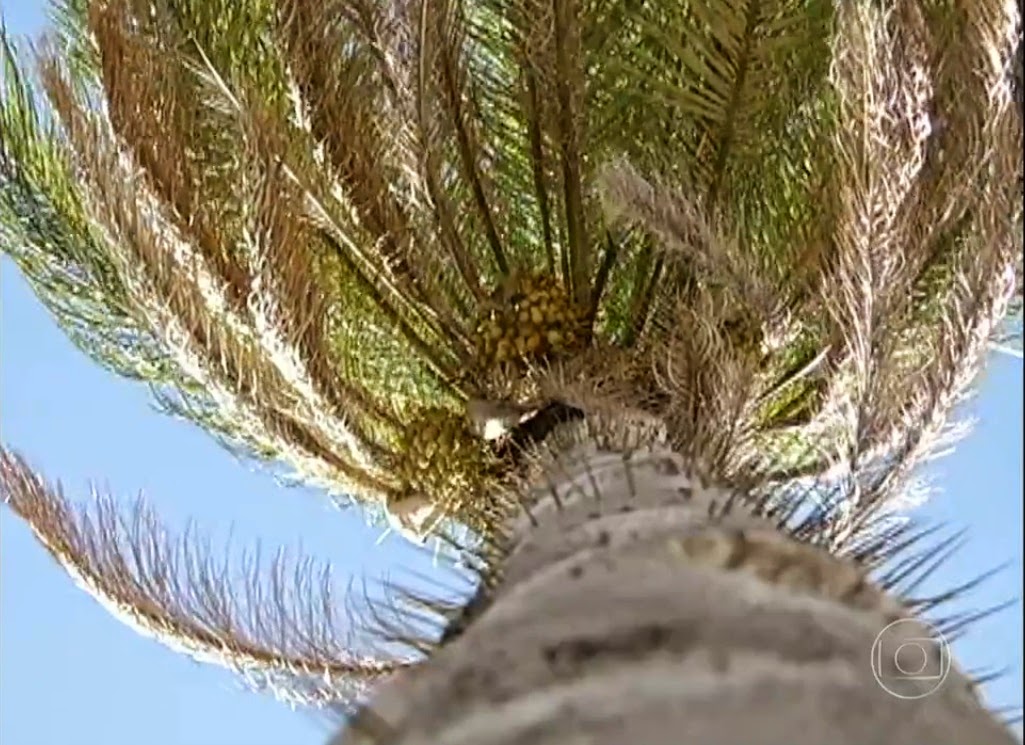

0 comentários
Agradecemos seu comentário! Volte sempre :)